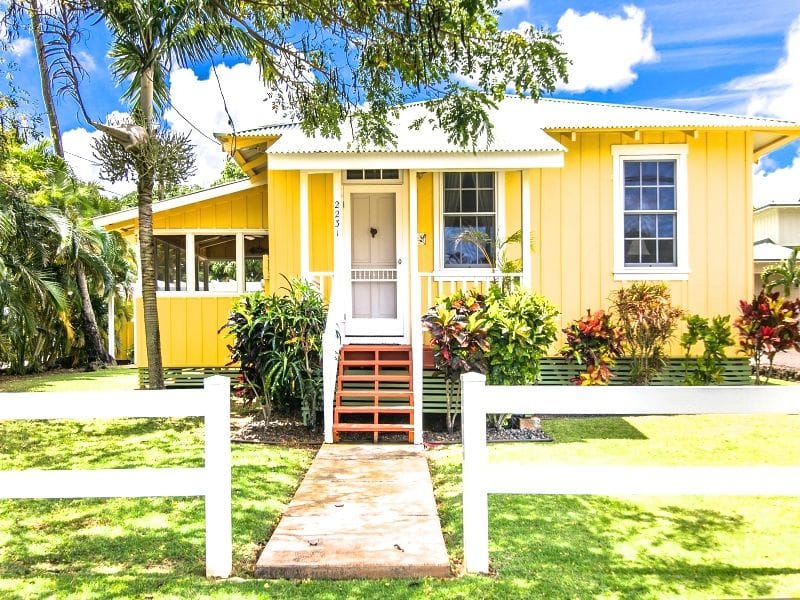In May 2020, the total monthly supply of Hawaii ezumike ezumike was 326,200 unit nights (-64.8%) and monthly demand was 30,600 unit nights (-95.3%), resulting in an average monthly unit occupancy of 9.4 percent (-61.7 percentage points).
In comparison, Hawaii’s hotels were 14.2 percent occupied in May 2020. It is important to note that unlike hotels, condominium hotels, and timeshare resorts, vacation rental units are not necessarily available year-round or each day of the month and often accommodate a larger number of guests than traditional hotel rooms. The unit average daily rate (ADR) for vacation rental units statewide in May was $185, which was higher than the ADR for hotels ($127).
On April 7, City & County of Honolulu Mayor Kirk Caldwell was the first mayor in the state to announce that short-term rentals are deemed as non-essential businesses during the COVID-19 emergency and may not operate. The other county mayors followed with similar orders. Maui County and Hawaii County’s emergency rules, however, allowed short-term rentals to operate if they housed essential workers. Vacation rentals were not on the state’s list of essential businesses during May 2020.
Also in May, the majority of flights to Hawaii were cancelled because of COVID-19. As of March 26, all passengers arriving from out-of-state were required to abide by a mandatory 14-day self-quarantine. The quarantine order was expanded on April 1 to include interisland travelers.
HTA’s Tourism Research Division issued the report’s findings utilizing data compiled by Transparent Intelligence, Inc. The data in this report specifically excludes units reported in HTA’s Hawaii Hotel Performance Report and Hawaii Timeshare Quarterly Survey Report. In this report, Hawaii vacation rentals are defined as the use of a rental house, condominium unit, private room in private home, or shared room/space in private home. This report also does not determine or differentiate between units that are permitted or unpermitted. The “legality” of any given vacation rental unit is determined on a county basis.
Isi ihe n'agwaetiti
In May, Oahu had the largest vacation rental supply of all four counties with 120,800 unit nights (-61.6%). Unit demand was 11,300 unit nights (-95.0%), resulting in 9.3 percent occupancy (-62.5 percentage points) and an ADR of $148 (-47.3%). Oahu hotels were 13.1 percent occupied with an ADR of $136.
Maui County vacation rental supply in May was 104,800 unit nights, which was a decrease of 62.9 percent compared to a year ago. Unit demand was 7,500 unit nights (-96.5%), resulting in 7.2 percent occupancy (-68.9 percentage points) with an ADR of $243 (-38.7%). Maui County hotels were 12.6 percent occupied with an ADR of $117.
There were 74,200 available unit nights (-65.4%) on the island of Hawaii in May. Unit demand was 7,700 unit nights (-94.2%), resulting in 10.3 percent occupancy (-51.0 percentage points) with an ADR of $144 (-48.7%). Hawaii Island hotels were 19.3 percent occupied with an ADR of $116.
Kauai had the fewest number of available unit nights in May at 26,400 (-77.1%). Unit demand was 4,200 unit nights (-95.2%), resulting in 15.7 percent occupancy (-59.0 percentage points) with an ADR of $259 (-43.4%). Kauai hotels were 14.9 percent occupied with an ADR of $125.
Tables of vacation rental performance statistics, including data presented in the report are available for viewing online at: https://www.hawaiitourismauthority.org/research/infrastructure-research/
#mmegharị njem























